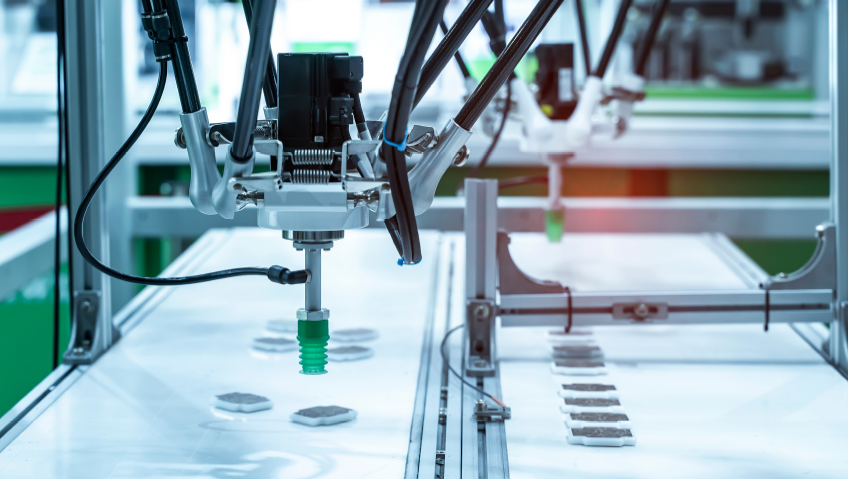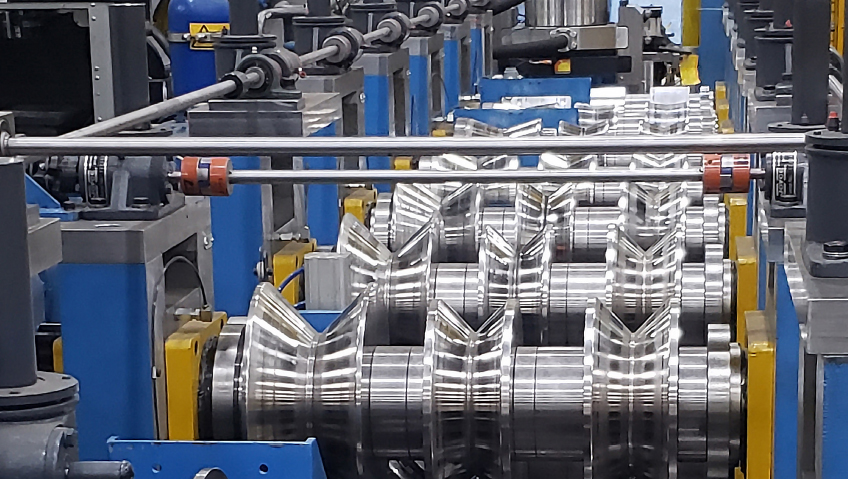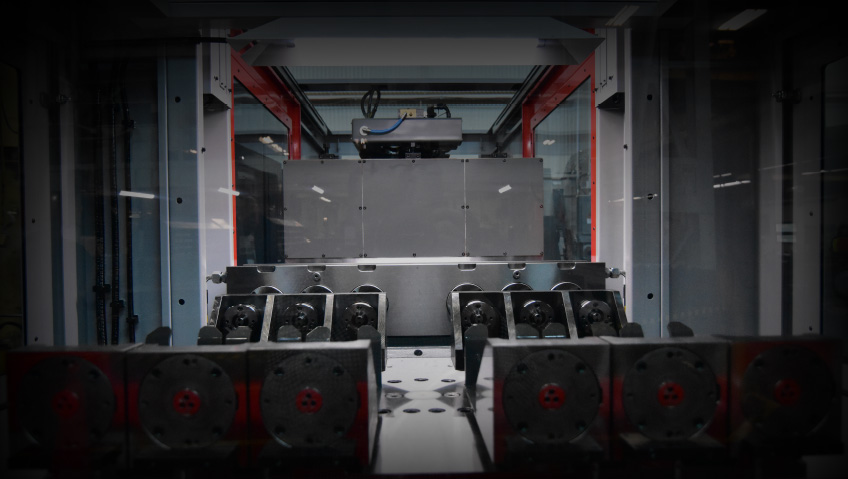The medical device market appears strong with great potential for growth, but consolidation, the rapid advancement of industry 4.0, the persistence of COVID and demographic changes taking place will all shape its development.
According to Precedence Research, the global medical devices market is expected to reach around US$670 billion by 2027, which represents a Compound Annual Growth Rate (CAGR) of 5.2 percent between the years 2020 and 2027. In 2019, the market accounted for US$448 billion. This doesn’t take into account the global medical device outsourcing market, which is also heating up.
ResearchAndMarkets.com expects the global medical devices outsourcing market to reach US$162.4 billion during the same period. The U.S. market alone is estimated to be valued at US$40.7 billion, which continues to lead the market in terms of revenue, though markets like China gaining market share.
China is forecast to grow at 9.5 percent CAGR, reaching US$17.8 billion by 2027. Others that are pegged for notable growth are Japan, Canada, and Germany. Global product testing and sterilization services, especially during the COVID pandemic, is another strong market segment with the same players leading the way.
North America remains a leader in the medical devices market, especially when it comes to revenue. The United States dominates market share, but Asia-Pacific is the fastest growing segment and accounts for much of the contracting opportunities, growth that is spurred by the lower costs of raw materials and labour.
Both China and India have large populations and rapidly growing middle classes, which means more patients, especially with the growing prevalence of disease, and growing health care systems to support them, as well as greater awareness programs to promote improved health and wellbeing.
Canada, the eighth largest medical device market, is an interesting case study as it is considered to be quite sophisticated from a this standpoint, and it has a public healthcare system, which means the majority of spending on medical devices is government.
The Canadian medical devices market is also considered to be mature in terms of its advancements and the demand for high quality medical technologies, but there is a lot of room for growth as the majority of medical devices used in the Canadian healthcare system are imported.
The country has well-established regulations across its manufacturing footprints, which are greatest in Ontario and Quebec. Exports of medical devices are on the rise as a result. Diagnostic equipment is in greatest demand, as well as patient monitoring equipment, consumables, and patient aids.
The U.S. represents more than half of the Canadian market which is afforded by proximity and relativity between regulatory environments. Just like the U.S., Mexican, Chinese, and European players have also taken advantage of the Canadian market that is ripe with opportunity.
What is a medical device?
A medical device is any instrument, apparatus, appliance, machine, or equipment that has been designed and manufactured for the purpose of the prevention, detection, diagnosis, treatment, measurement, monitoring or alleviation of disease or illness. A subset of these devices can serve as a supplement or offer a modification of the structure or a function of the human body to accommodate or overcome a medical condition or health issue to improve a patient’s overall quality of life.
Some of the most common medical devices are glasses, wheelchairs, x-rays, Magnetic Resonance Imaging (MRI) and Computed Tomography (CT) scans, as well as pacemakers and many others. Medical devices are categorized by class (Class I, II, and III), geography, and device type and they are leveraged by a number of end users including patients, home care providers, clinics, and hospitals.
Market segments by device type include In Vitro Diagnostics (IVD) and other diagnostic imaging, cardiovascular imaging, drug delivery, orthopedic, respiratory care, ophthalmology, surgical, diabetes, care, dental, endoscopy, gynecological or urological, personal care and neurological.
Currently, Class II devices represent the fastest market growth. That includes devices that are considered intermediate risk like CT scans. Class I devices are low risk like wheelchairs and Class III devices are high-risk, things that are imperative in the sustenance of health or life like pacemakers.
What is driving market growth?
There are several factors driving growth in these markets, the most notable of which is COVID, which has accelerated growth in some areas and slowed growth in others. While elective procedures are down, the need for advanced diagnostics and patient care devices like ventilators and respirators is up.
IVD specifically accounted for the largest percentage of the medical device contract manufacturing market, demand that is driven by the need for COVID testing, as well as the growth in the number of labs in developing countries and the rate of adoption of advanced automation and technology. In particular, there is growth in artificial intelligence and wearable devices.
Increased disease prevalence, as well as a growing middle class and the quality demand of healthcare that comes with developing nations, compounded with improved life expectancy and an aging population, has left the market ripe with potential.
According to the World Health Organization (WHO) the proportion of total global deaths due to chronic diseases are expected to reach 70 percent by the end of 2030. Over the same period, the global burden of disease will rise to 56 percent. Much of this will impact the developing world. It will also have major implications for the medical device market.
Though the medical device market has great potential, that growth could be stunted by the rate of consolidation taking place in the market. Many larger medical device players are looking to develop their own in-house manufacturing capabilities to save costs, which means they are seeking out smaller contract manufacturing operations to acquire.
The rapid rate of technological advancement and the adoption of industry 4.0 have necessitated significant investment. Medical device manufacturers are forced to optimize their manufacturing systems to compete with high-volume, low-cost producers, investing in things like robotics, process automation, cloud computing, machine-to-machine communications, and cyber physical systems.
The alternative to overhauling their own manufacturing systems is to outsource to contract manufacturers, many of which are being consolidated with major industry players who are looking to expand their manufacturing capabilities.
Some of the market leaders in the medical devices market include Medtronic, Stryker, Koninklijke Phillips, Fresenius SE & CO, Ethion LLC, Siemens Healthineers AG, Cardinal Health, Hoffman-La Roche Ltd., Boston Scientific Corporation, Baxter International, Philips Healthcare, Sanmina Corporation, Celestica Inc. (Celestica International), Plexus Corporation, and many others.
The place of origin of these market players demonstrates that the United States still has a stronghold on the market, but as competition heats up, there are many companies from across the world that will give them a run for their money, and there is more than enough market potential to take advantage of.
Where there is competition there is innovation and this is certainly true of the global medical devices market. The technological innovation, the growing demand and increased prevalence of disease, as well as the improved health and wellbeing of a significant part of the global population will ultimately lead to more advanced medical devices and more effective healthcare delivery.






